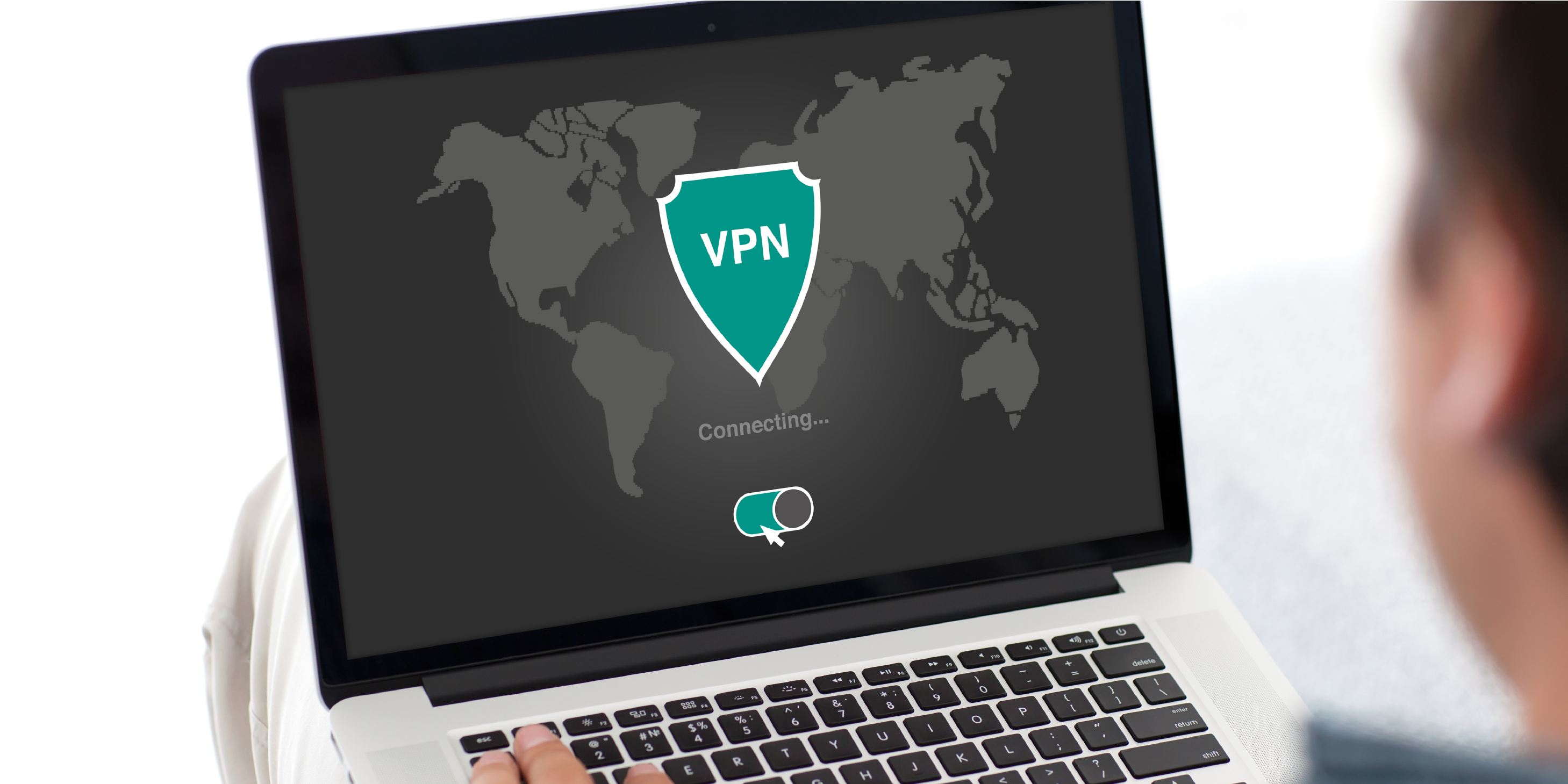With the increasing determination, creativity, and intelligence of hackers, it is more important than ever to ensure your IT systems are protected from viruses, trojans, and other forms of intrusion. Though there are many ways to help ensure the integrity of a network's security, one very important method of safeguarding sensitive data is through firewall implementation. Firewalls analyze the data that is passing back and forth in a network, based on set rules, and determine whether the information should be allowed to proceed. It is imperative that every organization include a firewall in their data protection solution.
Here Are 3 Ways to Ensure That Your Firewall Implementation Is Successful:
1. Define Your Company's Security Needs
Before installing a firewall solution, it is helpful to first define exactly the level of IT network security necessary for your organization. Are you operating in the office? Or do you have remote employees? These considerations should be reflected in the type of firewall, and unified threat management system, your IT team implements. Here are some essentials to get the ball rolling:
- Examine existing solutions and note what currently works, what doesn’t, and what needs to be improved.
- Ask the IT department for information about data transactions within your company's network – where are the weak links, and what are the most sensitive areas needing protection?
- Determine all points of access that need to be secured using endpoint protection.
- Because it is likely that there won’t be one solution to meet all your needs, prioritize the list in terms of critical and non-critical, and include budgetary constraints.
A well-thought-out and detailed internal specification will pave the way to finding a firewall implementation plan that meets your business’s needs. Modern firewalls are incredibly advanced, and can respond to diversified malware, application vulnerabilities, compliance obligations, risks associated with data breaches and loss, and an increasing desire for optimized network performance.
2. Research Solutions That Match the Specified Needs
Only once a business has defined what it needs from a firewall/managed security service can the process of researching solutions begin. In addition to services, make sure to research every potential IT provider's longevity in the business, history of servicing clients, and their all-around stability. Choose a vendor who has a reputation for providing quality firewall implementation and efficient service. If you are in a highly regulated industry, such as the legal or life sciences industries, it might be worth finding a vendor or Managed Security Services Provider that can address compliance and governance, in addition to your firewall.
3. Installation, Configuration, and Maintenance of the Firewalls
Once a vendor has been chosen, the final step in setting up your firewall is the actual implementation. The IT provider you have chosen will install the solution in your environment, covering all of the areas you deemed necessary in your earlier assessment. Post-installation, the firewall will be maintained and upgraded with both manual and automatic updates. Feedback should be provided on a consistent basis to ensure that the firewall implementation is performing as expected.
Outsourced IT Security Support
A carefully laid out plan involving both your organization's internal IT team and the IT firewall provider will ensure that your business is successful in meeting its security needs. When determining your organization's firewall needs, consider iCorps. With many years of proven experience in IT outsourcing, you'll receive customized services that work for your business. For additional advice on how to implement a firewall, as well as other IT consulting solutions, contact us today for a free consultation.

![[BLOG] IT Support, Security & Managed IT Services](https://www.icorps.com/hubfs/2022%20Webp%20Image%20Files/Hero%20Images/New%20Upright%20Hublox%20webp.webp)




